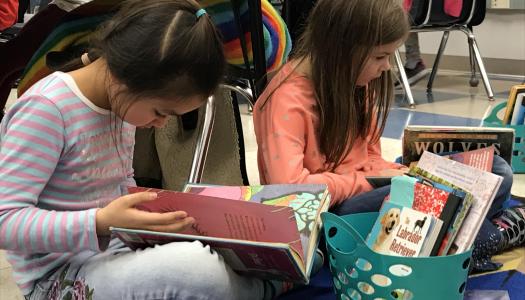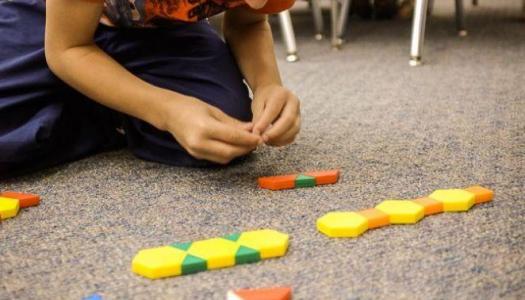Using Student Writing to Determine Next Steps
Join Our Community
Access this resource now. Get up to three resources every month for free.
Choose from thousands of articles, lessons, guides, videos, and printables.
We often want a direct path to determining next steps in our conferences with students. How do we decide what they need the most? The truth is, there are many appropriate strategy goals we can choose, and we don't have to make the perfect choice, or even the best choice every time we confer. We use the information gathered and the conversation to choose a goal and strategy for and with children, based on our best sense at the moment of what they need. As Fisher, Frey, and Hattie (2016) write, "Clearly articulating the goals for learning . . . is the right thing to do, and it's effective" (27). Since we will check on their success with the strategy in our next conference, we can always adjust then, if necessary. Whether they move forward with the initial strategy or adjust to a new one, we, along with the student, have learned something about their reading and writing. In the moment with students, we have to trust ourselves and instructional decisions we make as a professional.
If a room full of teachers listened to a child read, and then discussed their thoughts for the next steps of instruction, there would be a vast variety. None of them wrong, and all helpful to the student. Instead of looking for the correct path, or the "right" next step when goal setting with a child, we use the information we have and make the best decision we can, and then proceed, one goal/strategy at a time, knowing we can always adjust.
In the video above, Spencer, a kindergarten student, shares what he wrote during his work on writing time. As you listen, think about what questions you would ask and what next steps you might take. Then, read the thoughts below of three different teachers. Do you agree with them? Does it change your direction?
How fortunate we are to be able to glean so much information from brief conferences.
Teacher 1
I would start here: I would acknowledge him for the purpose of his sharing (giving at least one positive acknowledgement)...ex, you read that whole text, you were able to spell the words so you could read them.
Then ask questions: Are you finished with this writing? If you are, what title would you give this...what is it mainly about? It is really about 2 main things...so the title needs to reflect that, or you can go back in and edit a few words to let the reader know that you will be talking about 2 different things... What would you like to do with this now? Add more information? Add pictures? What would you like from me? Keep up the detailed writing!
Teacher 2
There is so much to compliment. This child is a fearless speller. There are spaces between words. There are some upper case and lower case letters. Use of "and" to connect thoughts and ideas. He has begun to add feelings.
Decide. Possibilities: One long sentence that ends with a period. We could look at my own writing or a mentor text to see that authors use punctuation throughout their work and work to hear where the punctuation might go in the beginning of this. (He may be able to cross some of the "and"s out.)
I could also teach that after we get our ideas out, we read to see if everything makes sense. Two parts here are confusing. (He might get a fish. But he already got the fish.) His Uncle painted his body orange. I might teach him how to add a caret so it reads "He painted the RC Car body orange and white."
He added one expression about how this felt at the very end. But we might be able to add more.
Writers write about one thing. This is really two stories. Mom's birthday. Going to his uncle's house. We could talk about focus and how he can break this into two stories and flush each one out a little more. I would teach this with a piece of my own writing.
Link: Whatever I pick, I would end with something like, "Today, and every day, you can ask a friend to help you find the part of your story that might be confusing for your audience, and add just one or two words using a caret so it makes sense."
Teacher 3
I would talk about sentence order: what did they do first, next, last. They had some sentences out of order. I would also talk about complete sentences and not using the word “and” so much. There was a lot of good information from their story!





